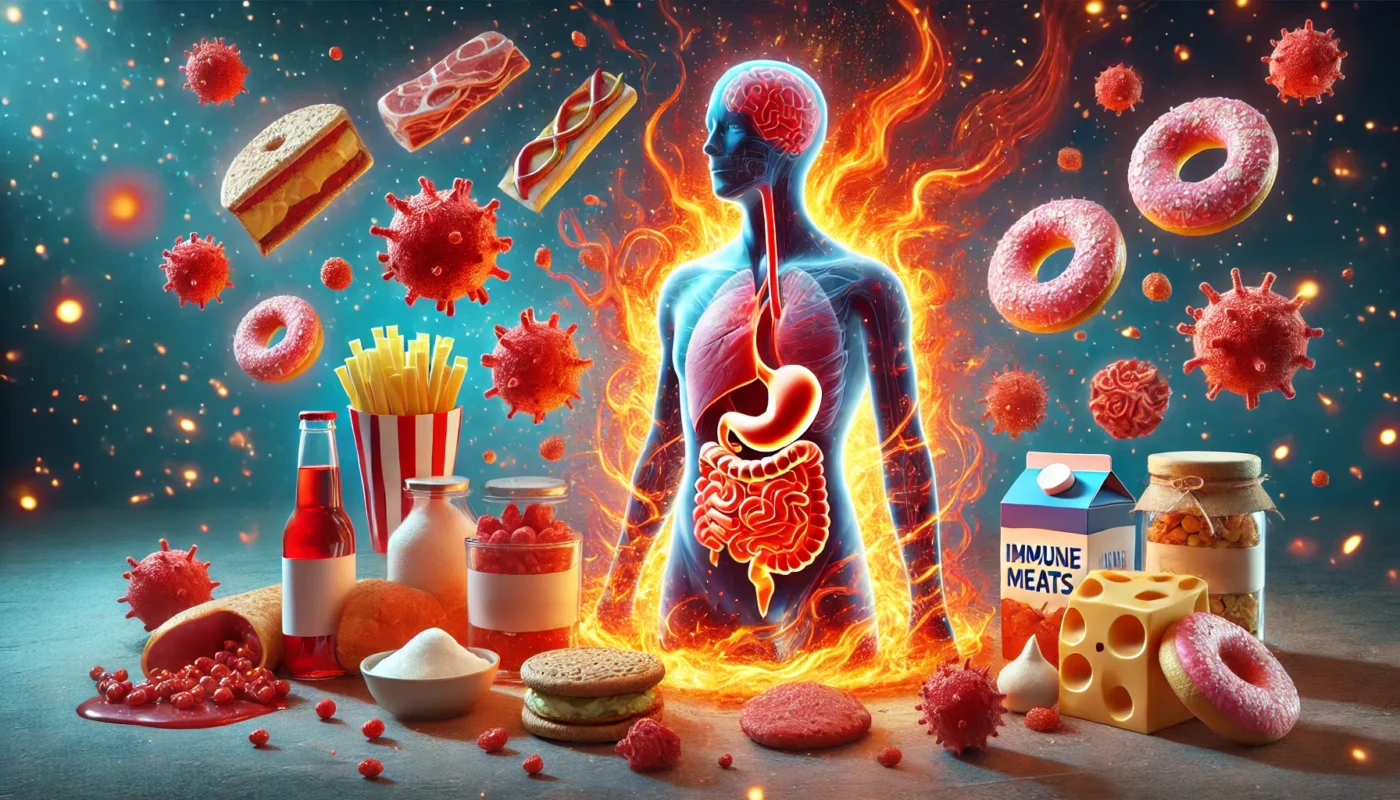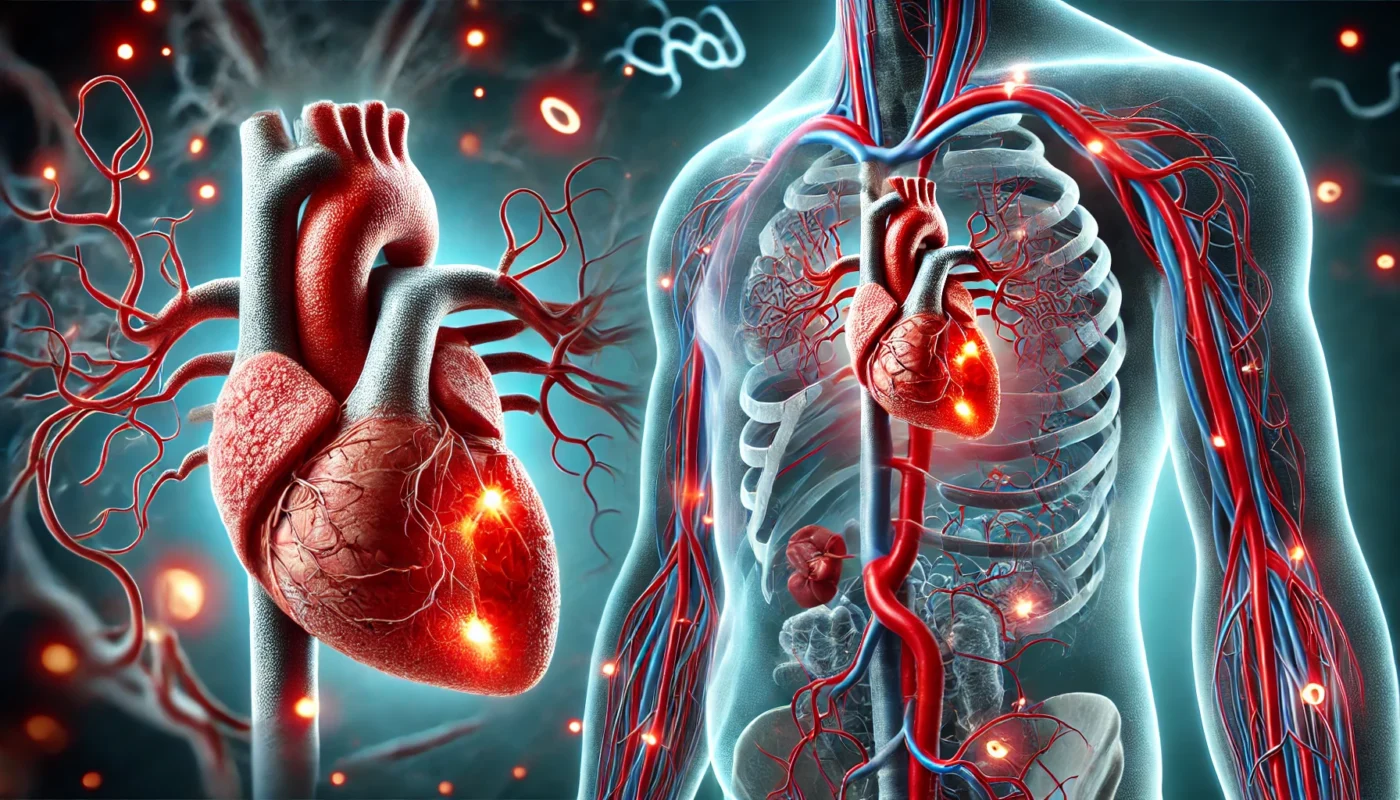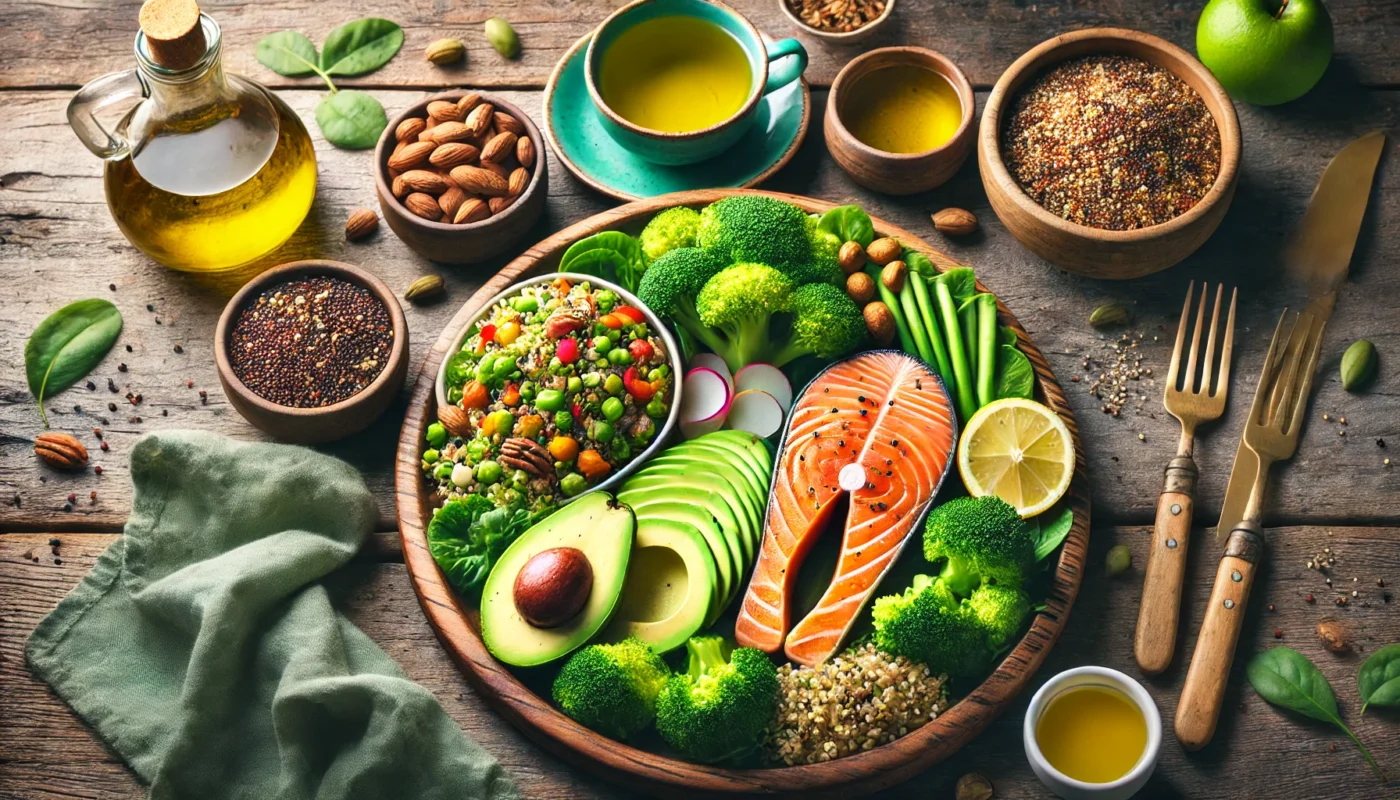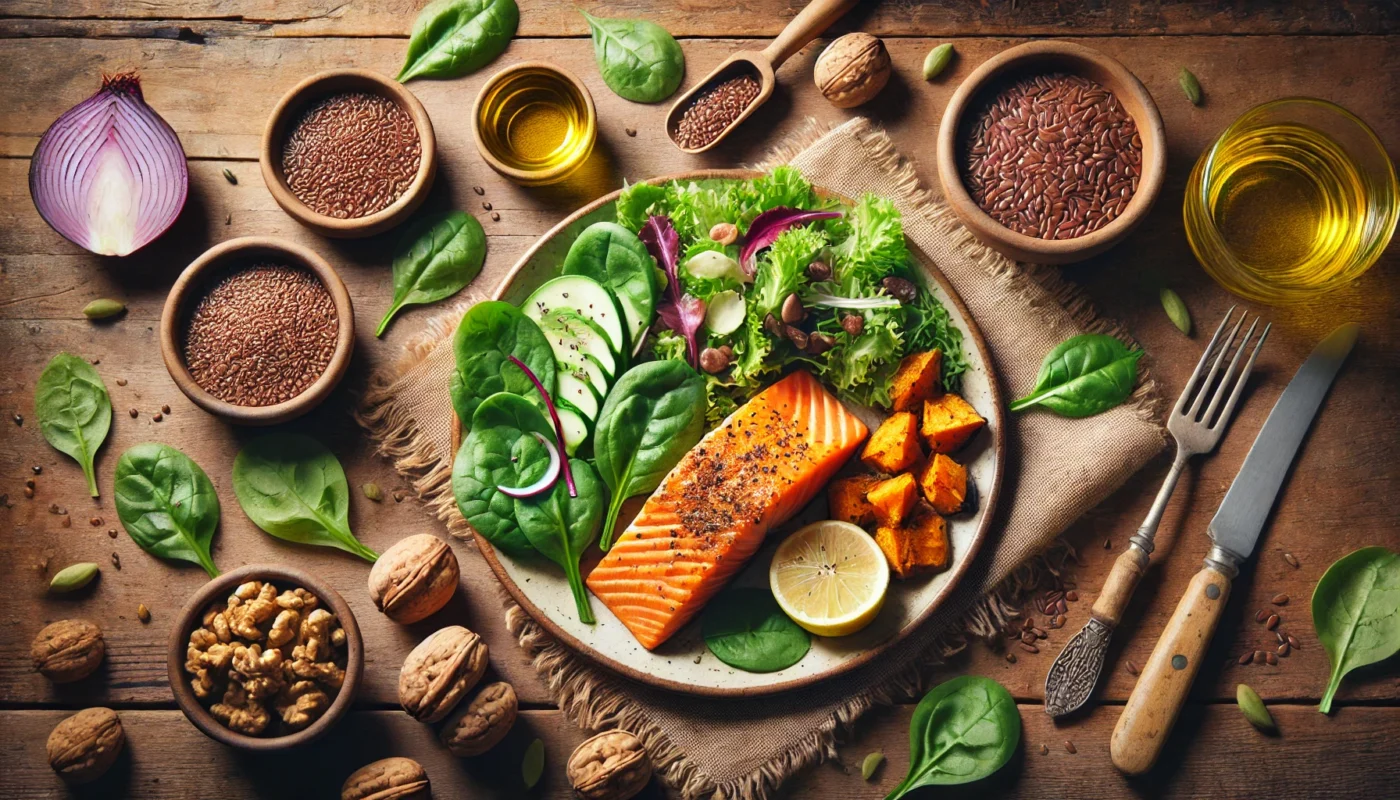This comprehensive guide will explore various over-the-counter and holistic options available for pain management, providing you with a wealth of knowledge to make informed decisions about your health and well-being.
Tag Archives: whole grains
Inflammation is a natural and essential part of the body’s immune response. It is the body’s way of signaling the immune system to heal and repair damaged tissue, as well as defend against foreign invaders such as viruses and bacteria. However, chronic inflammation can lead to a host of health issues, including autoimmune diseases, cardiovascular conditions, and metabolic disorders.
Inflammation is a natural and essential process that helps the body heal and fight off infections. When an injury or pathogen triggers this response, the immune system releases various chemicals to protect the affected area. These chemicals increase blood flow, causing redness, warmth, and swelling. While acute inflammation is beneficial, chronic inflammation can be detrimental, leading to various health issues, including hypertension.
Before we delve into dietary strategies, it’s essential to understand what back arthritis entails. This condition often results from the wear and tear of the cartilage cushioning the spine’s joints, leading to pain, stiffness, and reduced mobility. Osteoarthritis is the most common form affecting the spine, but rheumatoid arthritis and ankylosing spondylitis can also impact the back.
Before diving into the specific foods to avoid, it’s important to understand how diet influences arthritis. Certain foods can trigger inflammation, a key factor in arthritis flare-ups. By identifying and eliminating these foods from your diet, you can potentially reduce inflammation and alleviate joint pain.
Inflammation is a natural immune response, but chronic inflammation can lead to a variety of health issues, including arthritis. When inflammation persists over time, it can cause damage to healthy tissues, contributing to the development and progression of arthritis. Understanding the biochemical pathways of inflammation can help in identifying the dietary triggers that exacerbate arthritis symptoms.
Certain foods can either promote or reduce inflammation. Pro-inflammatory foods can lead to the production of substances in the body that worsen inflammation, while anti-inflammatory foods can help reduce these substances. By making conscious dietary choices, individuals can manage their inflammation levels, potentially reducing arthritis-related pain and discomfort.
Inflammation is the body’s natural response to injury, infection, or harmful stimuli. In short-term scenarios, it’s a beneficial process that promotes healing and recovery. However, when inflammation becomes chronic, it can lead to various health issues. Chronic inflammation is often subtle, quietly affecting the body’s systems over time, and can be influenced by lifestyle factors, including diet.
Inflammation is a natural defense mechanism used by the immune system to protect the body against harm, such as infections or injuries. However, when inflammation becomes chronic, it can lead to various health issues. One of the key triggers of chronic inflammation is diet. Certain foods can provoke an inflammatory response, leading to long-term health consequences.
Arthritis is a common health concern that affects millions worldwide. It’s a leading cause of disability, causing pain and stiffness in the joints.
But did you know that your diet can play a significant role in managing arthritis symptoms? Certain foods can trigger inflammation, a key factor in arthritis pain and progression.
In this comprehensive guide, we’ll delve into the five worst foods for arthritis. These are foods that can exacerbate your symptoms and make your condition worse.
We’ll explain why these foods are harmful and how they affect your body. We’ll also provide practical dietary advice to help you manage your arthritis more effectively.
But it’s not all about what you shouldn’t eat. We’ll also discuss foods that can help alleviate joint pain and stiffness. These are foods that can support your overall joint health and improve your wellbeing.
Whether you’re a fitness enthusiast, a health enthusiast, or a medical patient dealing with arthritis, this guide is for you. It’s designed to help you understand the scientific research behind diet and arthritis, and how to apply this knowledge in a practical way.
So, let’s get started. Let’s empower you to manage your arthritis through informed dietary choices.
Inflammation is a complex biological response of the body to harmful stimuli, such as pathogens, damaged cells, or irritants. It is a protective mechanism intended to remove the injurious stimuli and initiate the healing process. However, chronic inflammation can contribute to various diseases, including arthritis, cardiovascular diseases, and even certain cancers.
In the quest for optimal health, the foods we consume play a pivotal role. One food that has sparked debate is rice.
Rice, a staple in many diets worldwide, has been scrutinized for its potential link to inflammation. This article aims to dissect this complex topic, providing you with a comprehensive understanding of the relationship between rice and inflammation.
Inflammation is a natural immune response, but when it becomes chronic, it can contribute to various health conditions. Diet, including the consumption of rice, can significantly influence inflammation levels in the body.
Different types of rice, such as white and brown, may have varying effects on inflammation. This is due to their distinct nutritional profiles and the way our bodies process them.
We’ll delve into the scientific research behind these claims, aiming to clarify misconceptions and provide practical advice. Whether you’re a fitness enthusiast, a health enthusiast, or a medical patient, this article will offer valuable insights.
By the end of this exploration, you’ll be equipped with actionable strategies to manage inflammation through your diet. Let’s embark on this journey to better understand the link between rice and inflammation.
- 1
- 2










